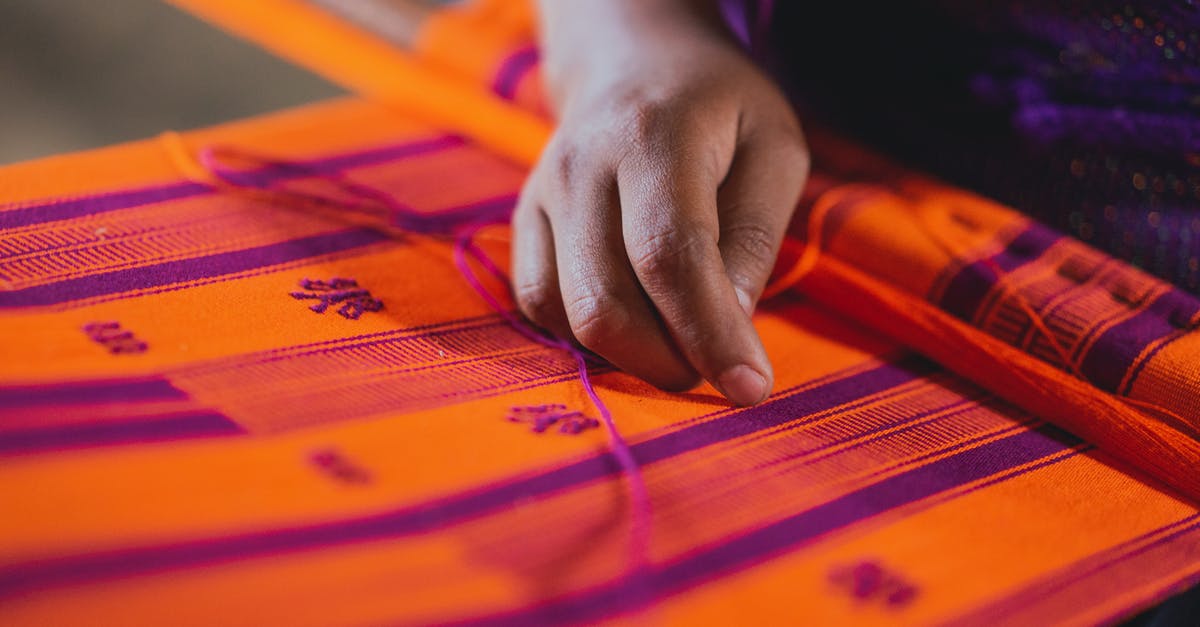Baker's Ammonia with yeast—good idea?

I recently made a moderately successful gluten free loaf of bread from a recipe for Japanese Milk Bread from the book Gluten Free on a Shoestring Bakes Bread. Respecting the author's trade secrets, I won't copy the recipe here, but suffice it to say the dough ends up very much like wheat bread dough. EDIT: a little detail: the recipe uses whey protein isolate, pectin, and modified tapioca starch to emulate gluten, a water roux, and for leavening, yeast + 1 egg. I used active dry yeast, not instant yeast, but followed the cookbook's direction of multiplying the amount by 1.25~1.5. The dough also undergoes bulk rising in the fridge over a period of two days.
However, it's not perfect—a little heavy. I could allow longer proofing times, but I was worried about the bread becoming too sour. Other Seasoned Advice questions say that mixing synthetic leavening (i.e. baking soda or baking powder) and yeast generally is ineffective or causes bad flavor.
However, baker's ammonia (unlike baking soda) decomposes completely into water and gases, so I'm wondering whether it would provide a good alternative that wouldn't "ruin" the bread while still helping the yeast, which doesn't seem quite up to the task of making a light, airy loaf.
Best Answer
Can you list the leavening agents used in your Japanese Milk Bread?
Baker's Ammonia is NOT a good choice. The milk is likely to trap the ammonia and leave an awful taste. Baker's Ammonia is Ammonium Bicarbonate and Ammonium Carbonate and was used before Baking Soda. You should only use this for low moisture baked items like crisp cookies and crackers where the ammonia can vent out and not get trapped. Ammonia also interferes with Yeast's ability to communicate and since Yeast needs moisture the two should never be combined.
If your Milk bread recipe has baking soda or baking powder you'll need to study the ingredients and look for the leavening agents need to be pH balanced to ensure that enough leavening acid to fully activate the carbon dioxide rise without leaving an aftertaste (soap if too much baking soda, sour if too much acid). Milk can be matched to baking soda. You probably should add Baking powder which already includes the right amount of agent to acid to cancel out, but if the recipe is relying on the milk as an acid you may need to keep the baking soda to keep a balanced taste.
As for which kind of baking powder you need to look at the ingredients. MCP only gives 1 rise within 2 minutes of hitting a liquid so you need to mix and get into the oven quickly to keep it fluffy. Look for SAPP which will give you a second "double" action with a rise once it warms up in the oven. If you see bubbles hitting the surface then the dough isn't able to trap the CO2 (why gluten breads are better at this).
You could use baking powders with aluminum sulfate, but between the inedible aluminum salt ingredient and the bitter taste it can impart I wouldn't bother unless you really want a strong second leavening boost when it hits the higher oven temperature.
If you want to make this with yeast and are failing it is probably because the yeast isn't up to the task. Look for INSTANT dry yeast (also sold as breadmaker yeast). It has a finer granulation than Active yeast and doesn't require mixing with water before hand.
I've been working on a leavening book and have found that the secret to a good yeast that can give you a strong lift is to make your own yeast starter. Take a mason jar and add equal parts water to flour and a spoonful of yeast (fresh, active or instant it doesn't matter). It is important that the water have sat out for 24 hours on the counter before using (tap water has chlorine which if not vented out will kill most of the yeast). It is also important you use the same flour as your recipe. The goal is get the yeast used to converting the flour's sugar into alcohol and carbon dioxide (that gives your milk bread the rise).
Use a chopstick to mix the flour, water and yeast in a mason jar and after you get a pancake batter consistency put a lid on the jar and leave it on a piece of cork, plastic or wood cutting board (just not a cold piece of tile or metal). Each day open the jar and look for bubbles and smell for alcohol (the key sign of a happy yeast taking to your gluten free flour). Go ahead and dump 1/2 in the garbage (don't clog the drain). Add another equal amount of water (left out 24 hours) and flour and mix. Recap and check again tomorrow.
After a week you should have a pretty good yeast champion that will outperform your sleeping dry yeast. Go ahead and swap in the activated yeast and count it towards your flour and water portion of your recipe. Don't use milk in the growing of your yeast since it is likely to spoil and either make you sick or make your bread sour from bacteria converting lactose to lactic acid, perfect for sourdough bread, but not Japanese Milk Bread!
Make sure your Milk bread gets a chance to proof in a warm environment. If it is too cold the yeast just won't work.
Hope that is helpful and it is cool seeing your question on how to get a better rise in your bread!
Pictures about "Baker's Ammonia with yeast—good idea?"



Baker Video with Tyson and T Funk
Sources: Stack Exchange - This article follows the attribution requirements of Stack Exchange and is licensed under CC BY-SA 3.0.
Images: Juan Pablo Serrano Arenas, Pixabay, Andrea Piacquadio, Los Muertos Crew
